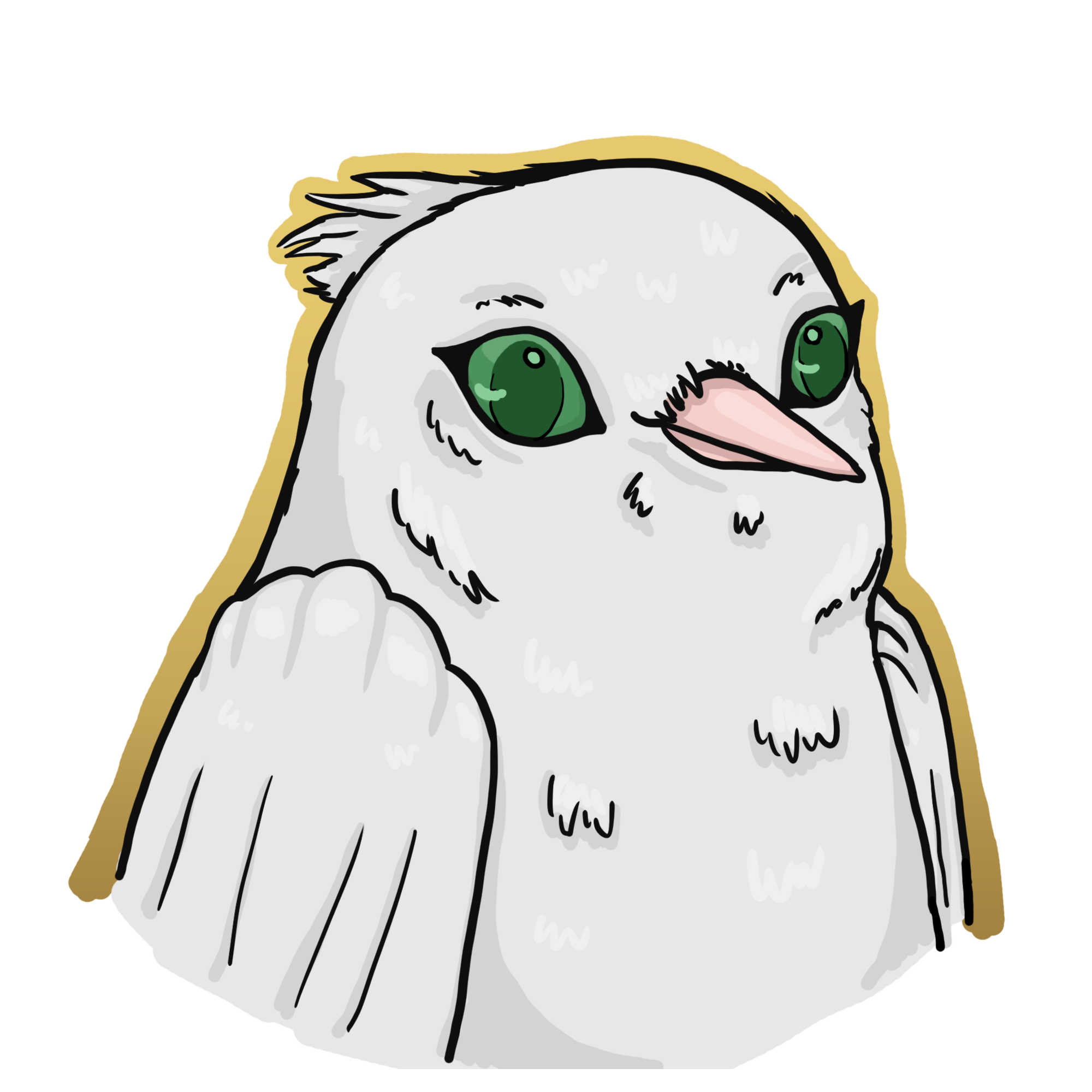Croaking Succulent
The Croaking Succulent is a plant with large waxy leaves found in the Scorched Wilds. It gets its name from the croaking sound it makes when the wind causes the leaves to rustle against each other. For centuries, the people of Samolyra have used it for a number of agricultural and medicinal purposes.
Basic Information
Anatomy
Croaking Succulents are one of the larger species of succulents found on the planet due to their branchless stems easily reaching 3 feet in height. Adding to their title of largest succulent, the rosette on top of this towering stem can have a spread of between one and two feet containing long spoon-shaped waxy leaves that can grow up to a foot in length.
Growth Rate & Stages
Croaking Succulents can start life as either a seed or a cutting that has been properly prepared.
Seed:Upon coming in contact with warm, moist soil, will begin the germination process by sprouting a seed root that will continue to act as an anchor for the plant as it grows and reaches skyward.
Within 1-2 weeks, a shoot emerges from the ground that will eventually reach 3 feet in height in five years.
During the summer or periods of extreme heat, the plant will go dormant temporarily halting its growth allowing it to survive with little to no water.
As the succulent ages, the rosette continues to grow bigger often reaching the same size as an average dinner plate. Once it reaches this stage, the weight of the rosette will cause the stem to begin drooping until it snaps. The broken stem can be replanted in the ground, just like cuttings.
Cutting: Once the leaves have been removed from the rosette, they need to dry for a few days so the raw ends can become calloused. From the callous, the roots will emerge within a few weeks of being placed in dirt and exposed to water. Eventually, the parent leaf will wither leaving behind the new shoot from which another Croaking Succulent will grow.
Ecology and Habitats
Croaking Succulents can grow in any environment with lots of sunlight, but are primarily found in the Scorching Wilds. It favors sandy, dry to medium moisture, well-drained soils but can also grow in poor soil and light shade. Due to the structure of the plant and its leaves, the succulent is able to store water within its leaves and stem that can keep the Croaking Succulent watered even in times of little to no rain.
Additional Information
Uses, Products & Exploitation
The Croaking Succulent has been used for centuries by the people of the Braris Empire, Courson, Granton, and Sanctuary as well as nearby trade partners for a number of uses.
The most common use is the gel found inside the spoonlike leaves being used as a salve that soothes skin irritations and can be used to keep minor injuries like cuts, burns, and scrapes clean and pain-free. Additionally, the gel can be boiled in water and used to soothe upset stomachs and other internal discomforts.
The leaf skins can be cooked in a variety of ways and is a staple in a lot of Samolyran dishes. The freshly harvested gel can be consumed by itself as a snack or after-dinner candy.
Geographic Origin and Distribution
Samolyra
Scorched Wilds
Scorched Wilds
Lifespan
5 Years
Average Height
3 Feet
Body Tint, Colouring and Marking
Held on long bare stems, the leaves of the Croaking Succulent's rosette go from a creamy yellow color at the center to a vibrant green towards their edges. The edges of these leaves change to a coppery red color when exposed to sunlight.
In winter, mature Croaking Succulents sprout a number of small yellow star-shaped flowers that are naturally pollinated by humming birds.




I'm not a botanist and neither am I very interested in plants, but I could tell from the language you used that you either are into plants or you did your research. In spite of this, the article didn't feel unapproachable. Overall a good article that takes just enough time to describe the plant and get us to understand it, but without boring us with too much detail. My one comment would be to cut the Genetics and Reproduction out and put it into Anatomy to save you a pointless header.